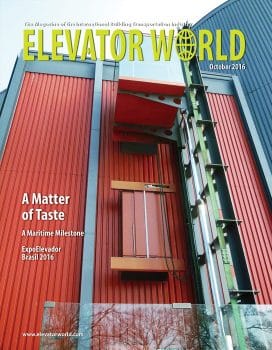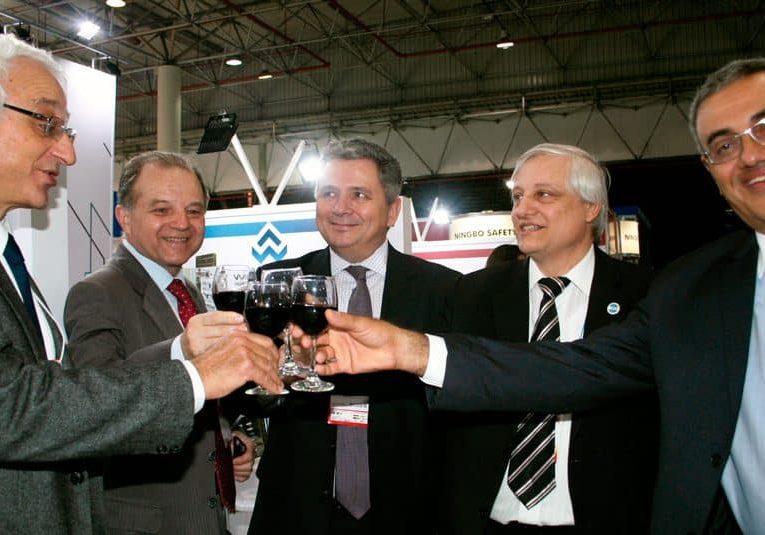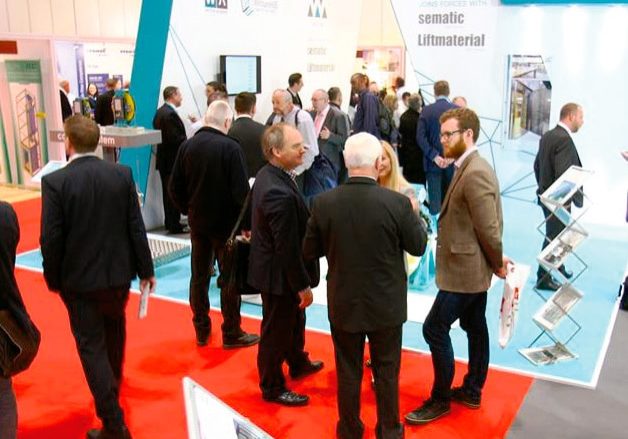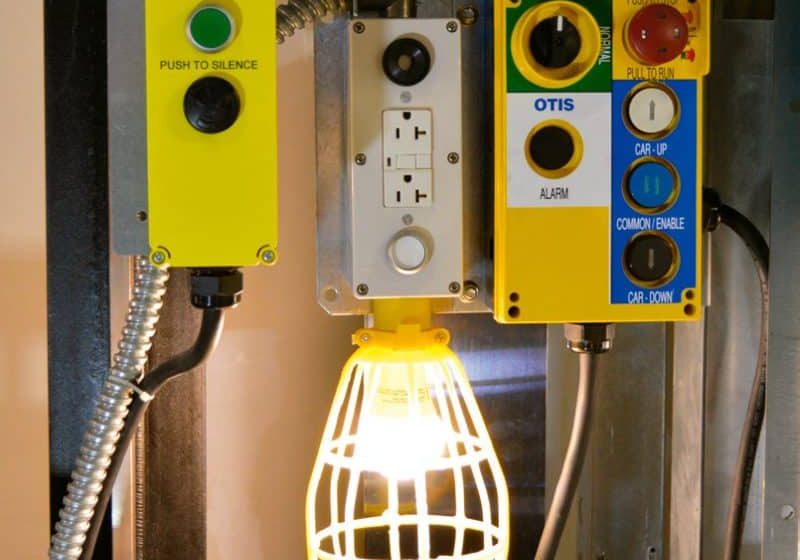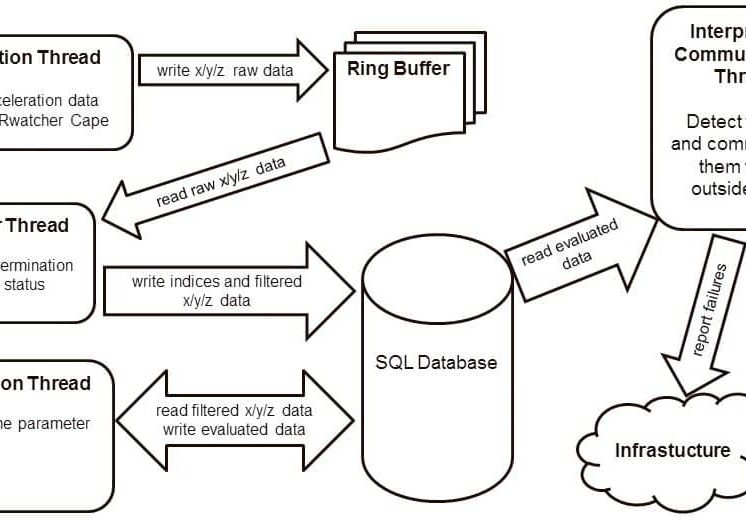A Rewarding Career
Oct 1, 2016
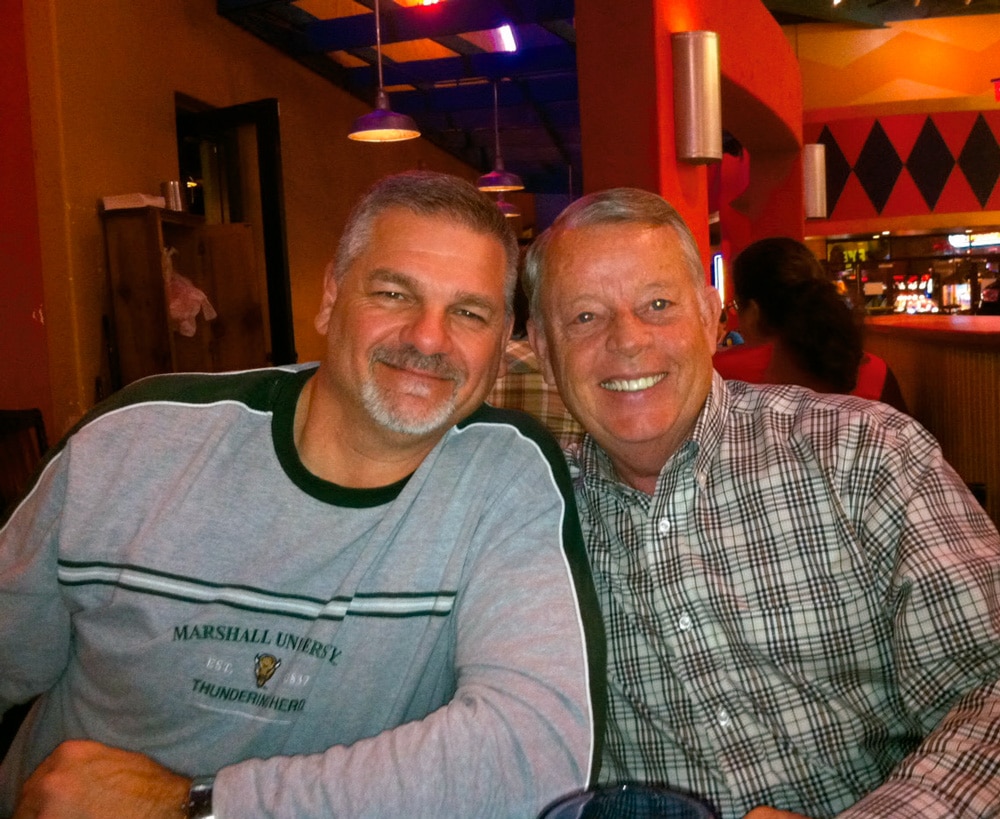
Relationships and safety motivate Mark Mullins to move the industry forward.
Mark Mullins (MM) is national coordinator of the Elevator Industry Work Preservation Fund (EIWPF). He serves on numerous committees and is currently vice chairperson and director at large of the Elevator Escalator Safety Foundation (EESF). Recently, he spoke with ELEVATOR WORLD about his career, challenges, advice to young people, and family.
EW: How did you first become involved in the elevator industry?
MM: My life’s work has always centered around the construction industry. Upon graduation from high school, I went to work for General Hydraulics, where I worked on hydraulic jacks and as a welder. From there, I moved on to LM Cottrell Construction working as a mechanic until the company shut down. I then went to work for a trucking company as a heavy-equipment mechanic, fixing bulldozers, rock trucks, coal trucks and other equipment you would find in and around coal mines. While working at the trucking company, I also went back to school at the Ralph R. Willis Vocational Center, where I earned my two-year certificate in electronics. After earning my certificate, I applied for a job in the maintenance department of Logan General Hospital in Logan, West Virginia.
While working in the hospital’s maintenance department, I was introduced to and became friends with John Helvey, an elevator mechanic who worked for Dover Elevator. Before meeting John, I had never considered a career in the elevator trade. In fact, I had never even thought about those who ply their skills installing, servicing and maintaining elevators. After talking to John about the industry and learning more about the rewarding career that could be had in the elevator trade, about two months later, I accepted a position with Otis.
Not only was the job a good one, I was eager to be a part of a union, because of all of the great things I had heard about union membership. And, everything I had heard turned out to be true. Without the International Union of Elevator Constructors (IUEC), my family and I wouldn’t have received all the great benefits we still enjoy today. I worked for Otis until I took the position of business representative with IUEC Local 48.
EW: How did you become involved with the EIWPF?
MM: During my tenure at Local 48, I helped pass legislation in West Virginia requiring all mechanics working on conveyances to be licensed and to obtain necessitated minimum education requirements and code requirements that make elevators and escalators safer, not only for the mechanic, but also for the riding public. As a result of the success with the West Virginia legislation, I was asked to take a position with the EIWPF in an effort to pass similar legislation in other states.
EW: Which industry-related or political obstacles do you face with your work at the EIWPF?
MM: We have faced many obstacles while working with state legislatures, but the most upsetting thing is that, many times, lawmakers can’t see the big picture, and it takes a serious accident or fatality to get their attention. Elevators and escalators are very unforgiving; they don’t know we are humans. I would love to see some form of safety legislation for conveyances in every state.
EW: What are some of the changes you have seen in the industry as an inspector, and how do you think it will change in the future?
MM: I am, and have been for many years, a Qualified Elevator Inspector. I have seen numerous changes during this time, including many states implementing elevator-safety boards, inspector-licensing requirements, contractor-licensing requirements, code adoption, educational standards and continuing-education requirements.
The number of conveyances and the volume of people and material they move has created challenges for the elevator industry to ensure they do so safely. With the growing population in the world, more people are taking up residence in and around urban areas. This will only increase the elevator industry’s role in both the private and public sectors. The demands created will give rise to conveyances our forefathers could only have imagined in their wildest dreams. It is my hope that, with all this growth and transformation, the accidents and fatalities in the elevator industry are greatly diminished or, better still, completely eliminated.
EW: What have been some of the highlights of your career so far, and what do you find most rewarding in your work?
MM: Some of the best highlights of my career have to do with serving on safety committees and becoming an OSHA master instructor. Safety committees that I serve on include the IUEC Safety Committee, the Elevator Industry Safety Committee (consisting of IUEC along with signatory contractors/safety directors), the EESF and the North America Building Trades Union – Safety & Health Committee. All of these positions are very rewarding for me, because if I can do or say one thing that might save a life, then I am happy. I would like employees to know OSHA is there for their protection and that they shouldn’t fear an OSHA visit on their jobsite. I would also like the elevator industry to have its own section in the 29CFR 1910 and 29 CFR 1926 regulations.
EW: Which challenges have you faced? How did you overcome them?
MM: My biggest challenge would have to be public speaking. There are many people in the elevator industry whom I look up to and respect, but if I had to pick one, it would have to be R.D. Merritt. Merritt wasn’t just my mentor — he became my brother and friend. He taught me so many things, like: always be kind, treat everyone with love and respect, and, best of all, he helped me with my public speaking. To those who share my same challenge with public speaking, I would say practice, practice, practice.
EW: What advice do you have for young people in the industry today?
MM: My advice to young people in the industry today would be to reach high, dream big, and never stop learning. In today’s world, elevators are constantly changing, so study hard, try to stay ahead of the game, and make yourself more marketable. Author Karen Ravn writes, “Only as high as I reach can I grow, only as far as I seek can I go, only as deep as I look can I see, only as much as I dream can I be.”
EW: Please tell us about your family.
MM: I have an amazing and supportive family that includes my wife and best friend, Teresa, an incredible woman who always greets me with a smile and a hug and a kiss when I return from a trip. I have five children: Lora, Mark, Tanner and step-daughters, Jenny and Brittany. And, I have two sons-in-law: Kodi and Melvin. I also have six grandchildren: Melody, Jorden, Konnor, Mark, Chloe and Kendal. I am also fortunate to have my mother-in-law, Linda, and loving brothers and sisters: Mike, Judy, Shirley, Kenny and Teresa, whom I am very close to. My family means the world to me, and that’s why I’ve always put safety at the very top of my agenda.
Please work safely, always keep your mind on what you are doing, and don’t take shortcuts, so you can return home safe to your family every day. Always take that extra minute to look around and trust your senses. If you think you might get hurt, chances are you will. We must learn from the accidents that have happened in the past and not take chances. Remember, an accident could put you dangerously close to a fatality!
Get more of Elevator World. Sign up for our free e-newsletter.

